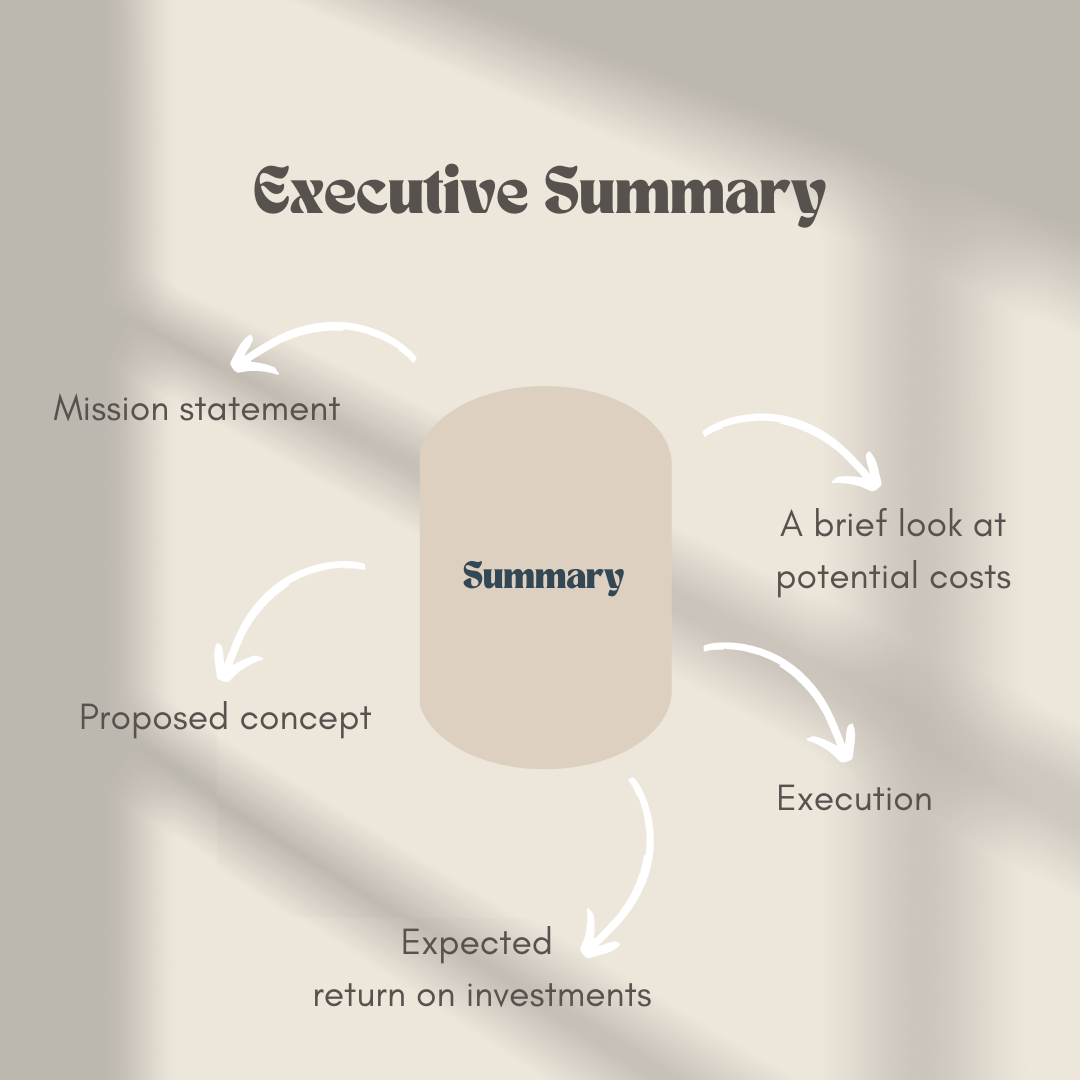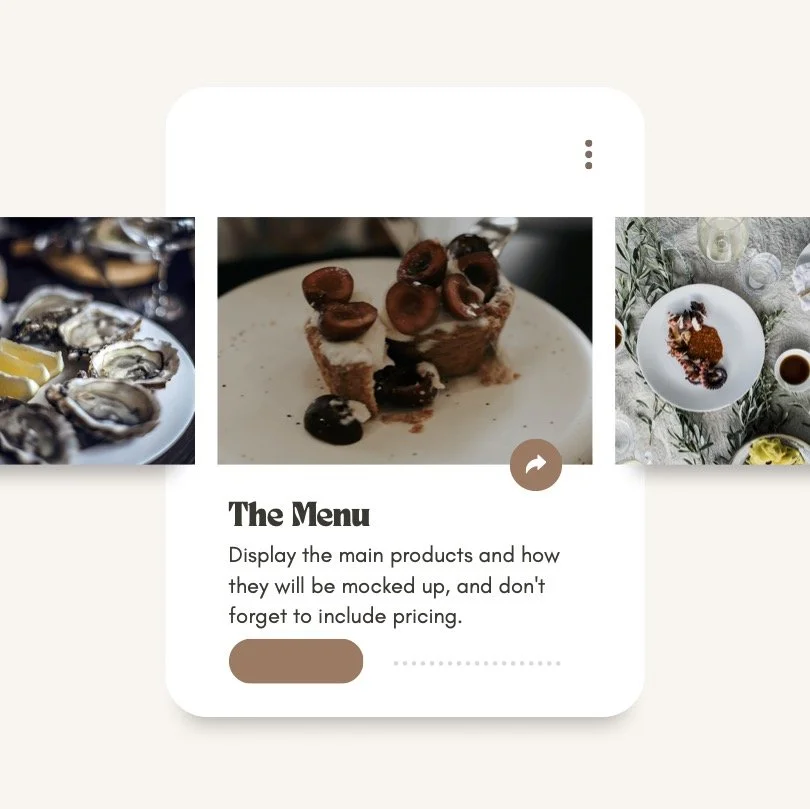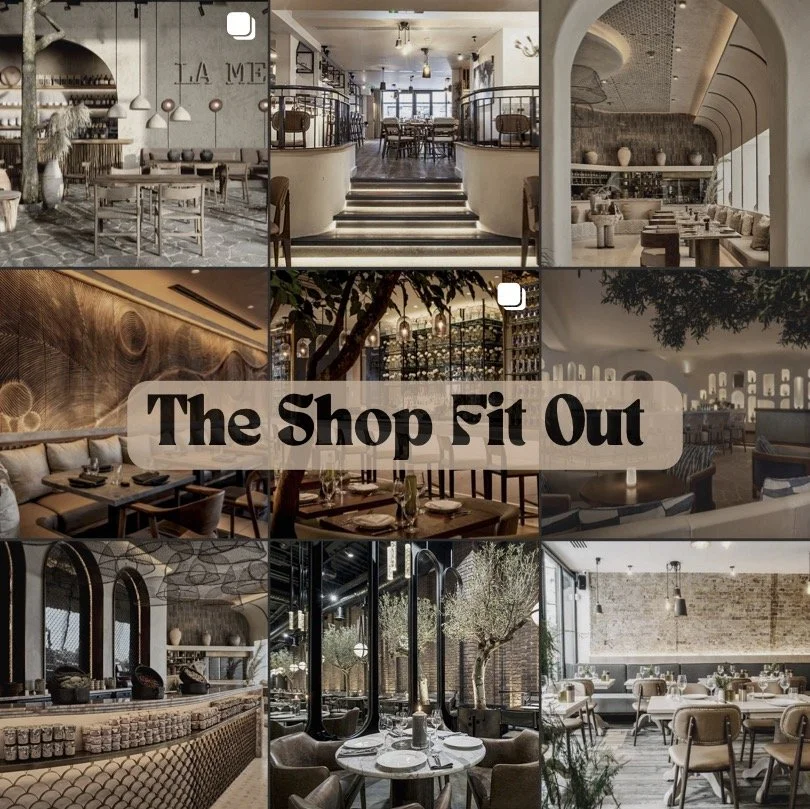So you’ve finally decided to open your very own business. Regardless of the concept, the business needs direction before it can break ground. This comes in the form of a business plan.
We previously created an article about how to create a landlord pack. Click here to see a breakdown of an example pack we created.
Let’s get down to business:
WHAT SHOULD MY BUSINESS PLAN INCLUDE?
Executive Summary
Investors usually make their decision about a business from the first minute of reading. Think of the summary as a quick sales pitch for your business. So here’s what should it include:
Mission statement
Proposed concept
Execution
A brief look at potential costs
Expected return on investments
Company Introduction
Use this section to fully introduce your company, by including the following:
The name of the business (and a tagline)
A description of the concept
The short-term and long-term goals
Tell us about you the founder, your experience, and why you are embarking on this adventure
Analysis - Demographics vs. Competition
Who is your target market? Are you selling to office workers, residents or tourists? Are you catering to people in a rush (grab and go) or sit-down meals? Are you a morning coffee spot, or a late-night reveller? In short, what demographics will your restaurant cater to? Explain who your target market is to investors and why your offering will be of interest to them.
Secondly, why will they pick you over your competitors? What restaurants are already in the area? How much do they charge? What days of the week or hours do they operate? And if there are no others, is that necessarily a good thing, or a reflection of the lack of customers nearby? How will you be different from your competitors?
The Menu
The fun part: what food or beverages will you serve? Don’t worry about having a full and final menu set out. What you need to show are your main products and how they will be presented.
Don’t forget the most key component of your menu: pricing. You can find nice menu templates on websites like Canva where you can easily mock up a menu.
The Team
So far you’ve introduced yourself to investors in the Summary. But are you a one-person band or do you have a great team around you? Do you have a chef or a store manager lined up?
Don’t worry about having all your hires lined up before opening, but you should have one or two key members in place and/or an idea of roles needed.
The Shop Fit Out
We say this again and again, but people tend to make decisions based on visuals, rather than words. Not everyone is going to have the luxury of paying a designer to mock up how a store will look before you’ve even lined up the lease. That said, you can mock up a mood board using apps like Pinterest.
Are the specific shops you like, certain furniture items, or fittings that catch your eye? You should also include any major and impressive equipment you will have installed, such as a coffee machine or an open-plan kitchen.
Location
It’s all about location, location, location, and you might already know where you want to open your shop. But one thing you must realise is that it is more important to know and pick your clientele rather than an area. Why? Because you might not always be able to find a shop exactly where you want and might find that another area would work better. Don’t limit yourself to one solution, but have a target market that can broaden your horizons.
Location is so important that we will have a separate article about this, so watch this space…
Marketing
How will you get your message out? Where are your customers searching for places to eat? Be sure to have a marketing plan in place, as it will show you know where to find customers. Don’t rely on a ‘build it and they will come’ mentality…
Keys strategies to consider are Online direct search (SEO), Google maps, flyers and promotions, Instagram, Food delivery apps, Opentable, just to name a few.
Third Party Partners
Let’s be honest, you can’t open and set up a shop on your own. You are going to use a wealth of apps, partners, suppliers, consultants to make your business a reality.
Explain to your investors who these third parties are, and how they will bring value to your business.
We’ll be writing an article soon about some of the key partners you may use, so watch this space…
Financial Analysis
Now for the most important section of your business plan; the financials…
Our first port of call would be to hire a professional, like an accountant to help you plan your business. But if you have an idea of costs from previous experience or contacts, then lean on that.
You should be speaking with existing operators to find out what the expenses are in a business because if you walk into a meeting with an investor and are caught out by an otherwise obvious cost you’ve omitted, it won’t reflect well.
There is however some work to be done to give you a running start. So let’s go through some items you can calculate:
How much are you charging for your main products? Does a coffee cost £3,20?
How much does each product cost to produce?
What are your other fixed costs? Rent, business rates, utilities, POS system, etc.
Staff? How many will you need, how many hours each, and how much do you pay them?
What do you anticipate your average customer spend to be? Coffee and croissant, £6.50?
How many covers will your shop have? 40 covers
Are you take out or sit in dining (and do they have a different spend)? 80% sit in
How many customers do you need to service to make your business profitable? Give a window of the worst to the best scenario.
We hope you found this article handy. There’s more to come, so check back here for further articles.









